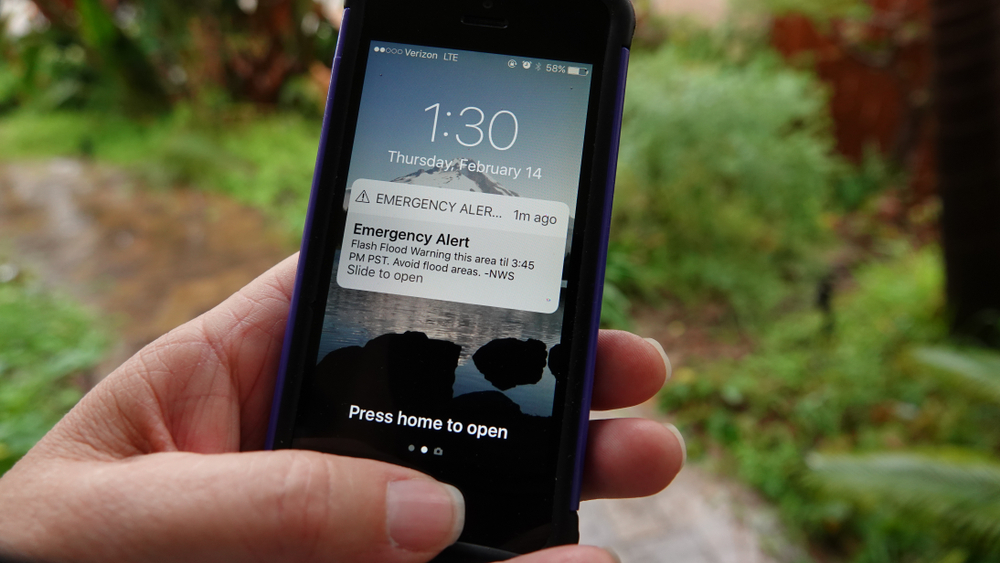Wireless Emergency Alerts Will Now Include ASL and 13 Other Languages
The Federal Commission is taking steps to ensure that Wireless Emergency Alerts (WEAs) become more accessible and user-friendly. Currently, WEAs are primarily presented in English and Spanish, limiting their effectiveness in reaching people who don’t speak these languages. To address this issue, the proposed rules would mandate that wireless providers support multilingual WEAs. They would need to include translations in the 13 most commonly spoken languages in the United States, in addition to American Sign Language (ASL). This expansion aims to cater to a more diverse population and make emergency alerts comprehensible to a broader audience.
Moreover, the new regulations will introduce location-aware maps within the WEA messages. This feature will enable individuals to see where the alerts are relevant. For instance, if there's an emergency in a specific area, the map could illustrate the affected region, helping people determine if they are in the vicinity of the alert and need to take protective measures. This empowers the public to make more informed decisions during emergencies.
Additionally, the proposed rules seek to streamline the process of conducting WEA tests. Alerting authorities would be allowed to perform two localized WEA tests per year that the public receives by default. This change benefits both authorities and the public, as it ensures that the system is regularly tested and evaluated.
Lastly, the Commission plans to establish a WEA Database hosted by the Commission. In this database, participating wireless providers will be required to provide information about their WEA services. This includes details about the geographic areas where they offer WEA coverage and information about the mobile devices they sell that are capable of receiving WEAs. This aims to improve public awareness and stakeholder knowledge about WEA availability in their local communities.
In summary, these changes are intended to make emergency alerts more inclusive, informative, and reliable. They are designed to ensure that people with different language preferences can understand and respond to alerts, that the geographical relevance of alerts is clear, and that the WEA system is tested and communicated effectively.

.
